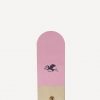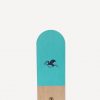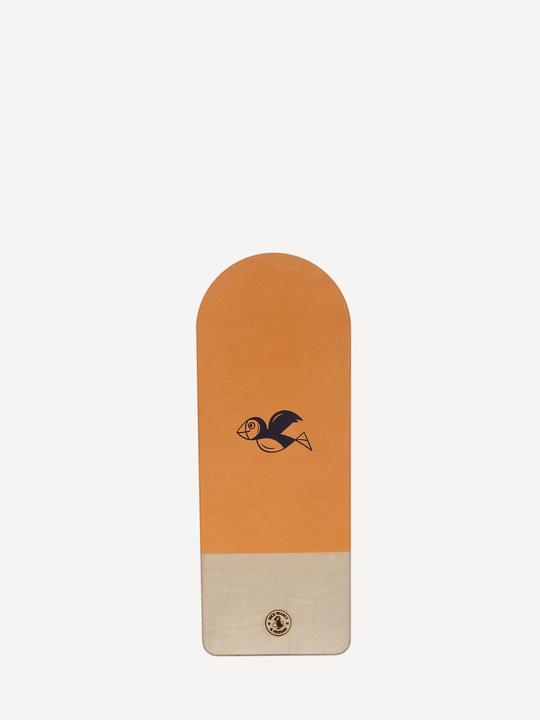£55.00
1 in stock
Please note: Sadly we can only ship bodyboards/bellyboards/skimboards to UK mainland addresses (not International or N.I. & Highlands).
Bellyboarding can be a lot of fun – especially if the surf’s blown out and onshore. You don’t need to be out of standing depth to catch a ride and the whole experience can be as hardcore or chilled as you like. And it’s arguably less exertive, needing little in the way of arm paddling power. Instead, riders launch into a wave upright and surge towards shore (mainly) on the white water. It can also be practiced in lifeguard patrolled surf zones (unlike surfing) as there’s less likelihood of you taking others out.
With this in mind NCW is now stocking Dick Pearce & Friends bellyboards. Summer’s just around the cornerand having a bellyboard (or two) in your ‘toy box’ will ensure maximum fun being had by all the family at the beach. And for the hardy bellyboarder the off season can also be just as much fun!
Note: It’s not just big kids who can enjoy some bellyboarding fun either. For younger sliders the Mini Puffling will the go to DP&F bellyboard. Being shorter and a little wider it’s a great choice for your nippers, or equally for those wanting to travel with compact kit.
‘The story of “surf-riding” in the UK cannot be told without the Pearce family.
In 1929, Charles Pearce took over a tannery in the small town of South Molton in Devon and set up a manufacturing business. When he first saw ‘surf-riders’ on the local beaches in the 1960s, he began to experiment with making the boards himself in the family’s tannery workshop. He was pretty good at it. In the years after the Second World War, Charles Pearce and Sons’ wooden boards became a fixture on the beaches of the Southwest.
Dick Pearce took over the family business when his father died. Perfecting the design and overseeing the production of thousands of boards, loved by those who rode them, Dick was a true champion of British bellyboarding, For fifty years, he stuck to the family’s time honoured production methods and materials and he refused to compromise on quality, ever. Even in the face of competition from disposable, imported, polystyrene bodyboards, Dick continued to make boards that people would treasure.’



